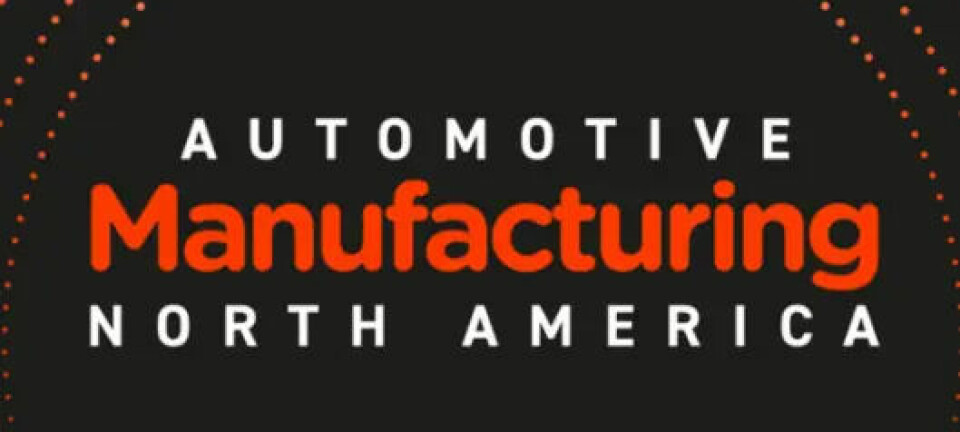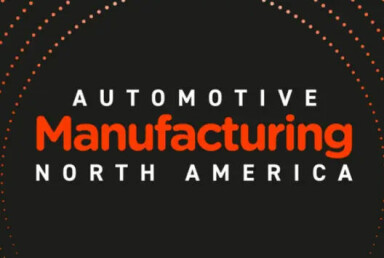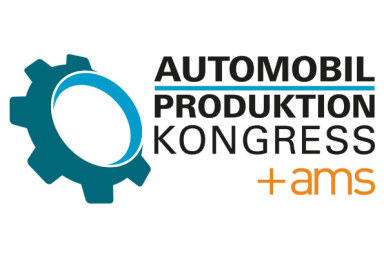Trcuks & Trade Policy
Washington's new tariffs disrupt heavy truck production networks

President Trump's 25% levy on imported heavy trucks threatens to reshape North American manufacturing strategies, forcing OEMs to recalculate production footprints whilst grappling with already elevated input costs and weakening demand.
When President Donald Trump announced a 25% tariff on imported heavy trucks on 26th September, the measure landed with particular force on an industry already navigating choppy waters. Set to take effect on 1st October, the levy forms part of a broader protectionist push that includes 100% duties on branded pharmaceuticals and 50% tariffs on kitchen cabinets, yet for automotive manufacturers, the implications extend far beyond the sticker price of finished vehicles.
The tariff targets an industry where production networks have become deeply interwoven across borders. Mexico dominated heavy truck exports to the United States last year, accounting for 78% of the market by some estimates, followed by Canada, Japan, Germany and Turkey. The question now confronting manufacturers is whether the United States-Mexico-Canada Agreement will shield compliant vehicles, or whether this new levy will override existing trade arrangements entirely.
"In order to protect our Great Heavy Truck Manufacturers from unfair outside competition, I will be imposing, as of October 1, 2025, a 25% Tariff on all 'Heavy (Big!) Trucks' made in other parts of the World," Trump wrote on Truth Social.
"Therefore, our Great Large Truck Company Manufacturers, such as Peterbilt, Kenworth, Freightliner, Mack Trucks, and others, will be protected from the onslaught of outside interruptions."
The manufacturing calculus shifts
The immediate effect will be financial. American Transportation Research Institute figures show that the average purchase price of new Class 8 trucks already stands at more than $170,000. A 25% tariff pushes that to $212,500, and when the 12% Federal Excise Tax is applied on top, the total reaches $238,000. For an industry where margins are perpetually under pressure, these are not trivial sums.
Yet the broader manufacturing implications may prove more consequential. Jason Miller, Eli Broad Professor of Supply Chain Management at Michigan State University, expressed confidence that the new tariff will override USMCA provisions, mirroring what has already occurred with finished passenger vehicles. If correct, this forces manufacturers with Mexican production facilities into an uncomfortable choice: absorb substantial margin erosion or relocate assembly operations northward.
The challenge is that neither option presents an easy path. "We currently produce a lot of this equipment here in the USA," Miller noted. "I'm sceptical domestic production would expand to handle all demand, as this would represent a huge capital investment need during a period of weaker demand." Indeed, Class 8 truck orders were down roughly 24% year-on-year as of August, according to ACT Research.
Component costs compound the pressure
What makes this tariff particularly vexing for manufacturers is its interaction with existing levies on input materials. Steel and aluminium tariffs applied in June have already elevated costs for domestically produced trucks, creating the perverse outcome where some American-built vehicles now cost more than foreign-manufactured alternatives. If the new tariff extends to components, as contemplated in the Section 232 investigation that preceded this announcement, even trucks assembled entirely within the United States will face additional cost pressures.
David Forgue, a partner at Chicago law firm Barnes, Richardson & Colburn, pointed to the automotive sector's "import adjustment offset" programme as a potential template. Introduced in April, that mechanism allows manufacturers to apply for offsets equal to 3.75% of retail prices for vehicles undergoing final assembly in the United States. "Without something like that, the input tariffs will continue to be a drag on manufacturing," Forgue explained.
The scale of component trade underscores the challenge. Last year, the United States imported nearly $128 billion (£96.6 billion) in heavy vehicle parts from Mexico alone, representing approximately 28% of total American imports in that category. Mexican officials argued in May that exported trucks contain on average 50% American content, including diesel engines, a detail that complicates claims about protecting domestic manufacturing.
Strategic investments hang in the balance
For manufacturers with significant capital commitments in Mexico, the timing could scarcely be worse. Volvo Group is constructing a $700 million (£528 million) heavy truck factory in Monterrey scheduled to begin operations in 2026. Stellantis produces heavy-duty Ram trucks and commercial vans across multiple Mexican facilities. Both companies now face the prospect that their output will enter the American market at a severe competitive disadvantage.
Industry response has been notably circumspect. PACCAR, which builds more than 98% of its Peterbilt and Kenworth trucks for the American market domestically and stands as a net exporter, offered measured support. "We look forward to reviewing the details of the MD and HD Truck Section 232 tariff announcement made by the President as they become available," a spokesperson stated. Other major manufacturers, including Daimler Truck North America, International Motors and Volvo Group, indicated they were awaiting further clarification before commenting substantively.
That reticence likely reflects genuine uncertainty about implementation. Critical details remain unresolved: Will the tariff stack atop country-specific levies already in place? Will USMCA-compliant vehicles receive exemptions? Does the measure apply solely to finished vehicles or extend to components as well? Until these questions receive authoritative answers, manufacturers face the unenviable task of planning investments without knowing the rules under which they will operate.
Market dynamics add another wrinkle
In a peculiar twist, the tariff may generate a short-term spike in sales as buyers rush to purchase inventory manufactured before 1st October. Avery Vise, Vice President of Trucking at FTR, suggested that given current elevated retail inventories, such acceleration could prove significant despite weak freight market conditions. "At a minimum, though, truck owners that need to replace equipment soon will likely accelerate their purchasing," he observed.
Once existing inventory depletes, however, the tariff becomes simply another barrier to equipment acquisition in an already challenging environment. Truck and trailer payments reached record levels last year, jumping nearly 9% over 2023, according to ATRI research. Manufacturing output has likewise shown signs of strain, with monthly shipment values declining modestly through 2025 after tripling from pandemic-era lows.
The measure's ultimate impact on domestic production capacity remains uncertain. Heavy truck manufacturing operates as an oligopoly, with the top four firms accounting for 76% of domestic production in 2022. Whether these manufacturers will expand capacity to meet demand previously served by imports, or simply enjoy enhanced pricing power in a supply-constrained market, will substantially determine whether the policy achieves its stated objective.
The national security rationale and the national production disruption
Trump framed the tariff as essential for national security, declaring: "We need our Truckers to be financially healthy and strong, for many reasons, but above all else, for National Security purposes!" The measure emerged from a Commerce Department investigation ordered earlier this year to assess whether medium and heavy-duty truck imports pose security risks.
The US Chamber of Commerce questioned that premise. "The top five import sources (by customs value) are Mexico, Canada, Japan, Germany, and Finland, all of which are allies or close partners of the United States posing no threat to US national security," the organisation argued in a May statement. It further contended that "manufacturers should not be penalised with tariffs on imports from Mexico and Canada after making significant investments and adjustments to overcome [supply chain] challenges."
That tension between stated security concerns and commercial reality captures the fundamental challenge confronting automotive manufacturers. Production networks developed over decades reflected rational responses to cost structures, regulatory environments and market access considerations. Unwinding those arrangements carries substantial expense and operational risk. Yet the political imperative to demonstrate manufacturing reshoring appears unlikely to diminish.
Looking ahead
For manufacturers, the path forward involves difficult trade-offs. Relocating assembly operations requires massive capital investment at a moment when demand remains soft. Absorbing margin compression to maintain price competitiveness threatens profitability in an industry already operating with thin cushions. Passing costs through to customers risks accelerating the decline in equipment purchases that has characterised much of 2025.
Juan Carlos Baker, CEO of Ansley Consultants, captured the uncertainty facing the industry. The immediate effect, he told transportation publication T21, is that Mexican trucks and tractors will become more expensive when exported to the United States. "Though the direct impact on competitiveness and future investments remains to be seen," he added.
That ambiguity extends throughout the manufacturing sector. Until implementation details emerge and market responses crystallise, manufacturers must navigate using incomplete information. Investment decisions that typically unfold over years now require rapid reassessment, while supply agreements negotiated under one set of assumptions suddenly operate under entirely different conditions.
What seems certain is that North American heavy truck manufacturing will look markedly different by this time next year. Whether that transformation serves the industry's long-term competitiveness, or merely redistributes economic activity across the map, remains an open question. For manufacturers, the coming months will require both strategic flexibility and considerable nerve.






